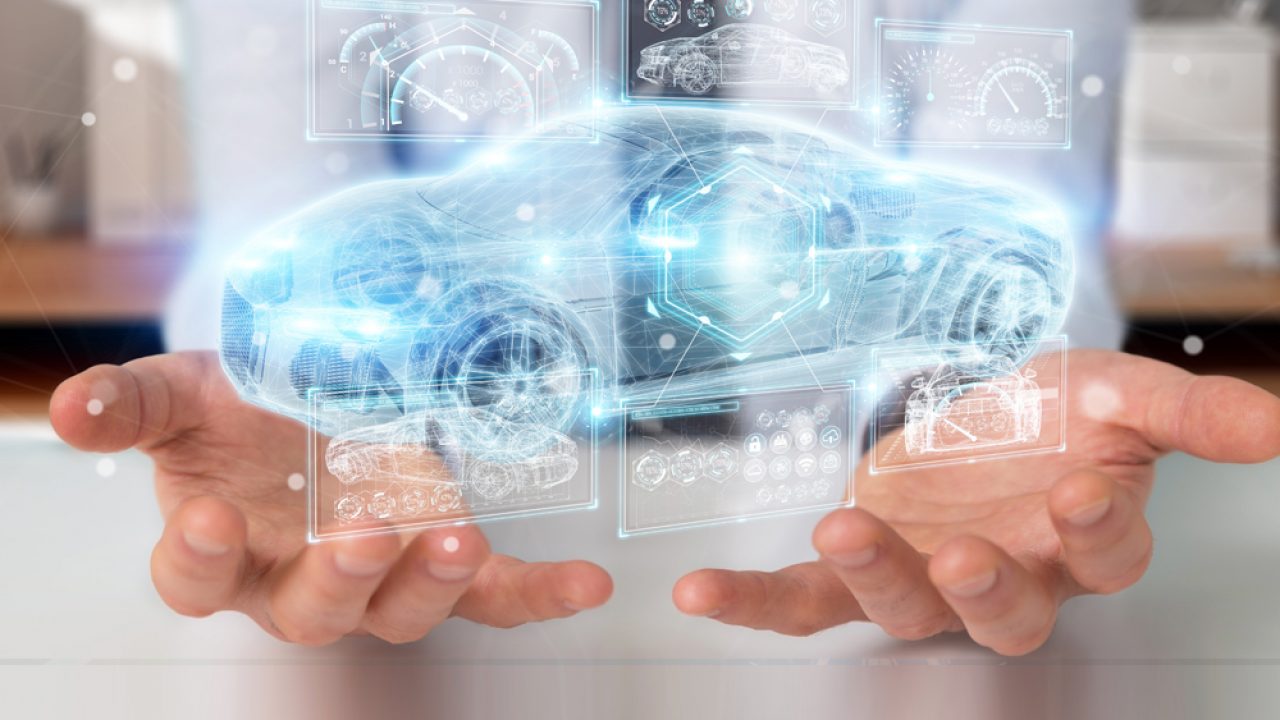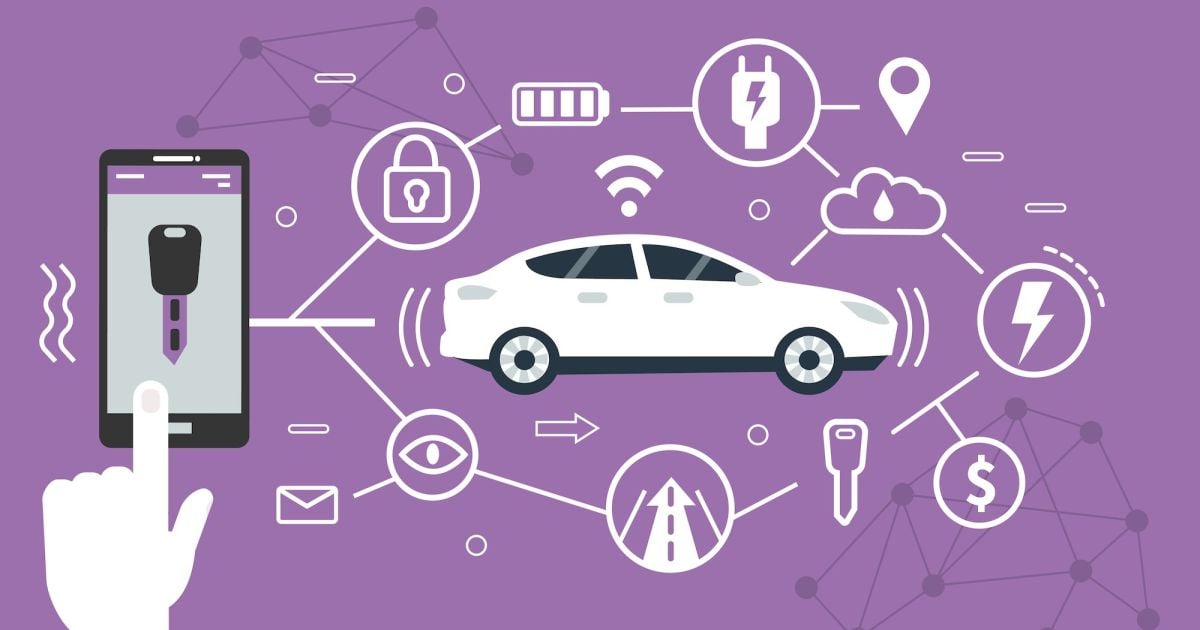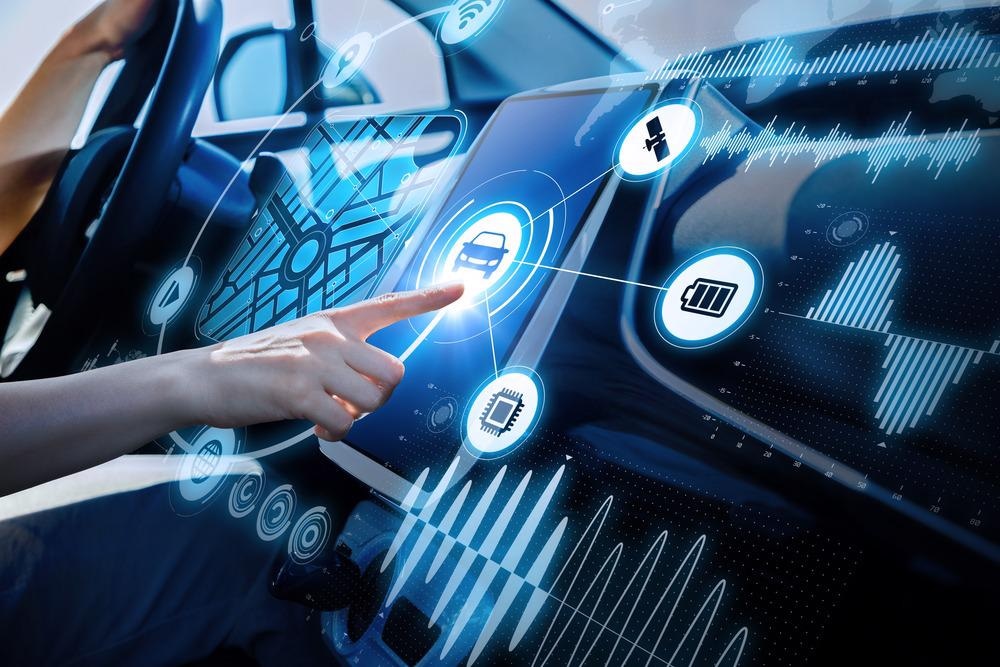
As the automotive industry continues to evolve, many drivers are finding themselves increasingly reliant on new technologies that can help them stay safe and maintain their vehicles. The Internet of Things (IoT) has emerged as one of the most important tools for enhancing vehicle safety and maintenance in this sector.
By connecting a variety of sensors, monitors, and other systems to the internet, IoT technology can provide real-time insights into how vehicles are functioning while also providing alerts when potential issues arise.
This information can then be used by drivers and mechanics alike to make decisions that will lead to safer roads and better performance from vehicles—all without compromising reliability or efficiency. This article will explore how IoT is changing the way people interact with their cars, as well as its implications for vehicle safety and maintenance in the automotive industry.
Benefits of Using IoT for Vehicle Safety and Maintenance
The use of the Internet of Things for vehicle safety and maintenance is quickly becoming the new norm in the automotive industry. By connecting vehicles to a network of sensors, IoT provides car owners with real-time information about their vehicle’s performance, allowing them to identify potential issues before they become serious problems.
This reduces costs associated with repairs and helps keep drivers safe on the road. Additionally, IoT can be used to reduce emissions by providing data that allows engineers to optimize engine settings and other components for maximum efficiency. As a result, using IoT for vehicle safety and maintenance offers numerous benefits including increased reliability, improved fuel economy, fewer breakdowns due to preventive measures taken early on in diagnosis stages, as well as enhanced overall driving experience.
Furthermore, since many modern cars are now equipped with built-in GPS systems and telematics capabilities such as automatic emergency response calls or remote diagnostics checks when an issue arises—IoT greatly enhances these features while also enabling better driver communication between car manufacturers and customers.
Challenges Associated with Implementing IoT for Automotive Industry

Source: ltin.com
The implementation of IoT for the automotive industry is no small feat. It requires significant effort to ensure that all connected systems are secure and reliable. The use of internet-connected devices can introduce new types of cyber threats, such as data breaches and malicious actors aiming to disrupt critical infrastructure.
Additionally, there may be legal or regulatory restrictions in place regarding the collection and use of certain kinds of data, making it difficult to fully leverage the capabilities that an internet-connected system offers. Furthermore, the complexity of modern vehicles means that implementing a complete IoT solution across multiple vehicle models can be a daunting challenge without comprehensive testing and validation procedures in place.
Finally, manufacturers must also consider how they will manage long-term support for their solutions once they have been implemented to maintain security levels over time as well as provide necessary upgrades when needed.
Examples of How IoT is Enhancing Vehicle Safety and Maintenance

Source: .softeq.com
IoT is transforming the automotive industry, and it has drastically improved vehicle safety and maintenance. One example of how IoT is enhancing safety in vehicles can be found in driverless cars. Driverless cars use sensors to detect objects around them and adjust their speed accordingly, making roads substantially safer for everyone on them. Additionally, they are programmed not to exceed safe speeds or break traffic laws which further improves road safety.
Another way that IoT is improving vehicle safety and maintenance is through remote diagnostics software embedded into a car’s onboard computer system. This software allows mechanics to remotely monitor the condition of a car while its being driven, alerting owners when there may be an issue with their vehicle so they can take action before it becomes serious enough to cause damage or put the driver at risk.
Similarly, this technology also helps mechanics diagnose problems faster as data from the car’s onboard computers provides more detailed information about what could be causing any issues with the engine or other components inside of it. Finally, another example of how IoT has enhanced vehicle safety and maintenance lies in connected navigation systems that help drivers get where they need to go using real-time traffic updates provided by satellites above the Earth’s surface.
Connected navigation systems allow drivers to avoid dangerous roads or areas where accidents have recently occurred; thus promoting greater overall road safety for all users on public highways and streets alike.
Conclusion
Source: d12oja0ew7x0i8.cloudfront.net
The Internet of Things (IoT) has revolutionized the automotive industry by enhancing vehicle safety and maintenance. Its ability to connect vehicles to the internet provides drivers with access to a wealth of information while also enabling automakers to remotely diagnose, manage, and repair their vehicles.
IoT technology offers improved performance, enhanced security, better fuel efficiency, and faster turnaround times for repairs. Additionally, it helps reduce costs associated with servicing cars as well as providing real-time monitoring that can pinpoint problems before they become major issues. All in all, the role of IoT in enhancing vehicle safety and maintenance is invaluable for both consumers and businesses alike.




